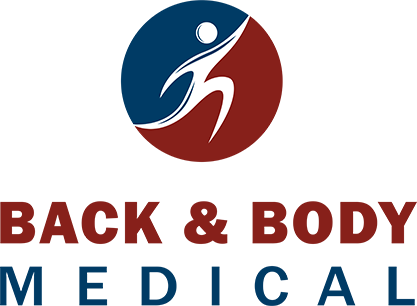Dating back thousands of years, acupuncture comes to us from China.
Based on the idea that energy flows in set patterns through the body, acupuncture posits that impeding this flow is what causes disease. The concept posits that inserting ultra-fine needles just under the skin at certain points in the body corrects the flow of energy.
Since 1972, when Richard Milhouse Nixon visited China, the practice of acupuncture has been diffused throughout the world and has become increasingly popular in intervening decades.
FDA Standards for Needles
When acupuncture first came to the USA’s shores, the Food and Drug Administration classified the needles used as “experimental medical devices”. But after a thorough review of the body of knowledge surrounding acupuncture, the Agency moved to regulate the use of these needles, as they do any other medical device.
Used only once, acupuncture needles are sterilized, as well as the patient’s skin, prior to insertion.
Conditions Treated
In 1997, the National Institutes of Health produced a statement emanating from it’s Consensus Development Program, established in 1977. The work of this program is to analyze and assess technologies used in healthcare.
Addressing controversial or new technologies is part of the Program’s mandate. The statement points out that studies analyzing the effectiveness of acupuncture were inconclusive and complicated by the advent of unlicensed groups advancing the therapy.
The Program’s statement, however, goes on to cite “promising results” in the arenas of post-surgical and cancer treatments – specifically, addressing the nausea associated with chemotherapy. The Program’s statement also acknowledged the role of acupuncture in successfully addressing post-operative pain from dental procedures.
Additionally, the statement acknowledged the efficacy of acupuncture for treating:
- Rehabilitation from strokes
- Addiction management
- Menstrual cramps
- Headaches
- Tennis elbow
- Myofascial pain
- Fibromyalgia
- Low back pain
- Osteoarthritis
- Asthma
- Carpal tunnel syndrome
Acupuncture has grown in influence, as people with these conditions (and others) have enjoyed successful outcomes. The Program’s statement also points out that acupuncture is an effective complementary therapy when combined with traditional, Western medicine.
Research
Ongoing research into acupuncture have revealed the chemical underpinnings of the therapy’s success, including opioids and peptides and neuroendocrinal function. The discovery of the chemical changes linked to acupuncture has done much to advance it as a viable therapeutic response.
Again, the NIH Program has acknowledged that these revelations have granted acupuncture more currency as an effective treatment model.
The gift of acupuncture is the opening of a door onto physiological phenomena not previously explored. The promise for the practice of medicine in future, linked to a more robust apprehension of the role of the central nervous system, is inestimable.
Back & Body Medical
Back & Body Medical’s multi-disciplinarian clinic in Manhattan is home to a team of clinicians practicing acupuncture, physical therapy, chiropractic and sports medicine.
Our model combines therapies from these four specialties to create programs of care that work. We’ve won awards for this approach.
Pain is experienced differently by every person alive. By combining therapies, we find you the fit that addresses and alleviates the pain you’re experiencing. Contact us.














